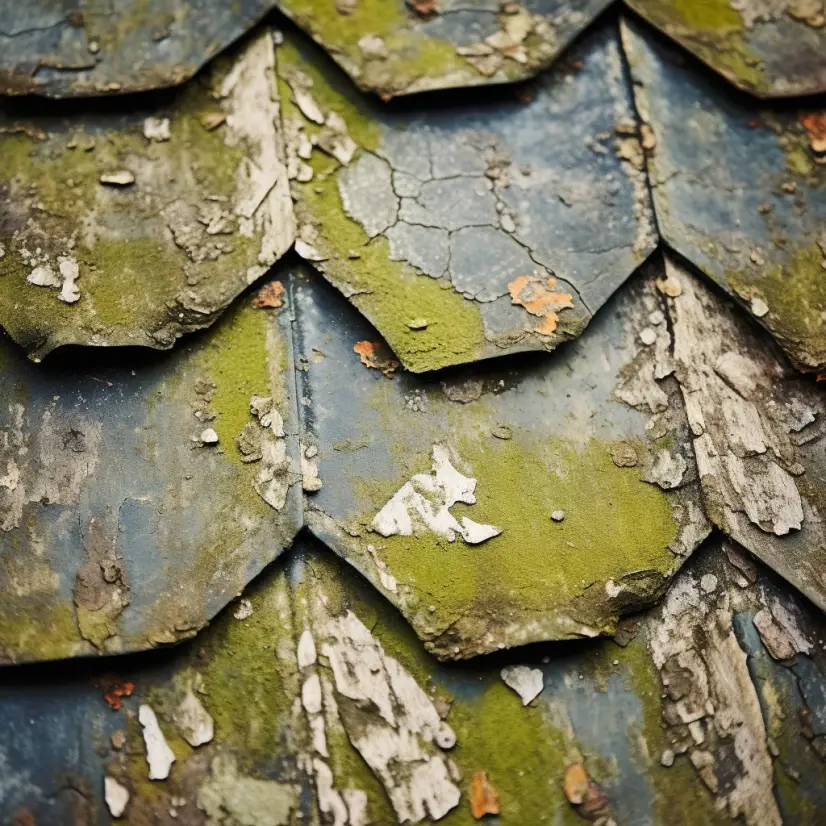As a homeowner with extensive experience in pressure washing, I understand the urge to keep every part of your home spotless. However, when it comes to your roof’s shingles, caution is essential. While pressure washing is effective for many surfaces, it’s not always suitable for shingles.
The Risks of Pressure Washing Shingles
Pressure washing shingles can cause significant damage. The high-pressure water can strip away the protective granules on asphalt shingles, leading to premature wear and tear. These granules shield your roof from harmful UV rays and weather elements; removing them compromises the shingles’ integrity. Additionally, forceful water can dislodge shingles, creating gaps that allow water to seep into the roof deck, potentially causing leaks and structural damage.

Understanding Pressure Washing
Pressure washing involves using a high-pressure water spray to remove dirt, grime, and other debris from surfaces. While it’s effective for hard surfaces like driveways and decks, its intensity can be too harsh for delicate roofing materials. Asphalt shingles, in particular, are designed to withstand the elements but not the force of high-pressure water, which can erode their protective layers and reduce their lifespan.
Safer Alternatives to Pressure Washing
Given the potential risks, it’s wise to consider gentler methods for cleaning your roof:
- Soft Washing: This method uses low-pressure water combined with specialized cleaning solutions to remove dirt and organic growth. Soft washing effectively cleans the roof without causing damage. The Asphalt Roofing Manufacturers Association (ARMA) recommends low-pressure bleach or detergent-assisted washing as the preferred method for cleaning asphalt roofs to prevent shingle damage.
- Chemical Cleaning Solutions: Applying a solution of equal parts water and laundry-strength liquid chlorine bleach can effectively clean shingles. After spraying the mixture, let it sit for about 15-20 minutes, then rinse thoroughly with clean water. This approach removes algae and moss without the need for high pressure.
- Manual Removal: For minor issues, gently using a soft-bristled brush can help remove debris. It’s crucial to avoid harsh scrubbing, which can damage the shingles.
Precautions When Cleaning Your Roof
- Protect Surrounding Areas: Before applying any cleaning solution, thoroughly water any plants or shrubbery around your home and cover them with plastic. After cleaning, rinse them again to ensure no harmful chemicals remain.
- Choose the Right Day: Clean your roof on a cloudy, calm day. Direct sunlight can cause cleaning solutions to evaporate too quickly, reducing their effectiveness.
- Safety First: Always prioritize safety. Use a sturdy ladder, wear non-slip shoes, and consider using a safety harness. If you’re uncomfortable with heights or the cleaning process, it’s best to hire a professional.
When to Seek Professional Help
While DIY methods can be effective, there are situations where professional assistance is beneficial:
- Extensive Algae or Moss Growth: Professionals have access to specialized equipment and solutions that can effectively treat widespread growth without damaging the shingles.
- Steep or Complex Roof Designs: Roofs with steep pitches or intricate designs can be hazardous to navigate. Professionals are trained to handle such challenges safely.
- Warranty Considerations: Some roofing warranties may require professional maintenance to remain valid. Always check your warranty details before undertaking any cleaning.

Preventative Measures
To minimize the need for frequent cleanings:
- Trim Overhanging Branches: This reduces shade and allows sunlight to dry the roof, inhibiting moss and algae growth.
- Ensure Proper Attic Ventilation: Adequate ventilation reduces moisture buildup, which can contribute to mold and algae growth.
- Install Zinc or Copper Strips: These metals have natural antifungal properties. When installed near the roof’s peak, they can help prevent the growth of algae and moss as rainwater washes over them.
Final Thoughts
Maintaining a clean roof is essential for your home’s longevity and curb appeal. However, it’s crucial to use methods that preserve the integrity of your shingles. While pressure washing might be your go-to for other areas, it’s best to avoid it for roof shingles. Instead, opt for gentler cleaning methods or seek professional assistance to ensure your roof remains in top condition without unnecessary damage.
Remember, a well-maintained roof not only enhances your home’s appearance but also protects your investment for years to come.

